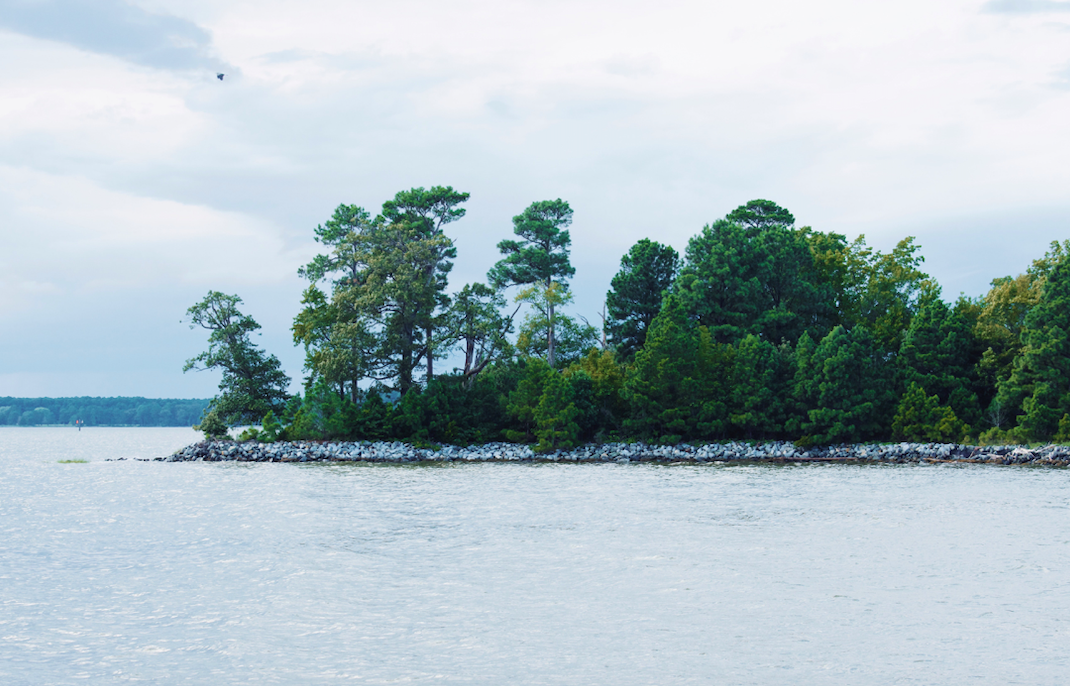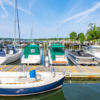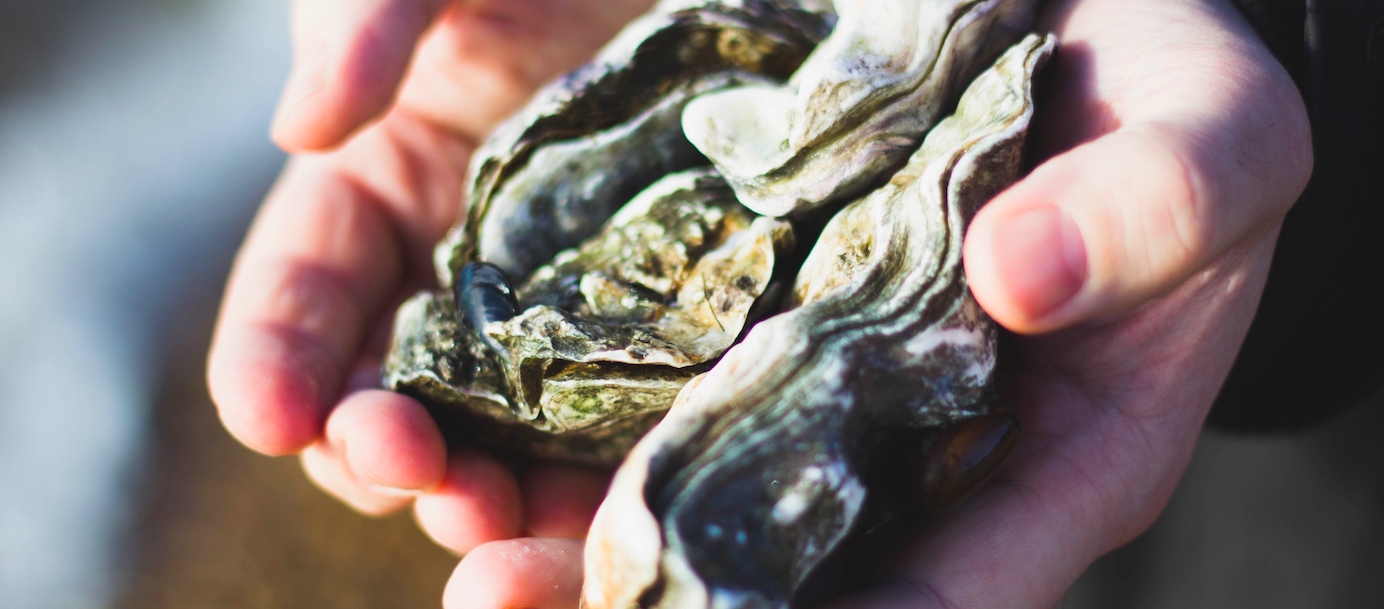
If you’ve ever dined at a seafood restaurant during oyster season where the oyster list is longer than the beer list, you’ve probably wondered; “How many different kinds of oyster are there?” The fact is, the combination of species and locations means there are an infinite variety of oysters. And the list grows every day. The good news is, there will always be new varieties for you to discover and enjoy!
Eat them when?
We’ve all heard the lore that you should only eat oysters during months that contain an “R” in their names. That rule-of-thumb was established back before refrigeration, when oysters would spoil quickly. Today, you can safely enjoy oysters year-round from restaurants.
If you’re planning on harvesting your own, do follow the “R” rule. There’s good reason for that. First, local oysters taste better in the fall and winter than they do in the summer. Summer is spawning season for oysters, and what you’ll get are flimsy, less tasty oysters. Plus, the summer brings higher red tide levels. Bottom line? Experts say that oysters taste best out of cold water – which means that northern oyster are best in fall, and southern oyster in late winter and early spring.
Just in case you want to shuck a few of the little beauties right on deck, all you need is an oyster knife, a dry kitchen towel, a bit of patience and, of course, oysters.
Where to get the tastiest oysters
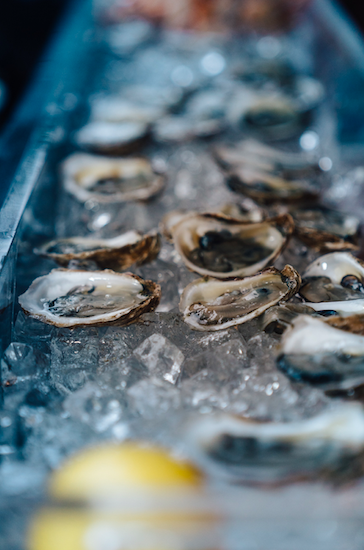
We at Snag-A-Slip know just where to get the most amazing oysters up and down the East Coast this fall. We’ll share where to dock to find them, what they taste like and what goes best with them. Sometimes, the answer is “nothing at all!”. Enjoy them just as they are.
We hope that the next time you’re faced with a daunting oyster list, you’ll be able to navigate it like a pro, choosing small or large oysters, meaty or crisp, briny or sweet. You friends will be impressed, and you’ll enjoy one of nature’s delicacies with complete confidence.
Wellfleet, Massachusetts
Wellfleet Oysters are a favorite at the Provincetown farmer’s market. These Cape Cod oysters that grow sweet in cold, quiet waters are best eaten just as they are, right out of the shell. And, don’t pour off the juice. The dedicate liquid in this shell is the perfect splash of salt. Of course, a squeeze of lemon is always lovely, but these oysters are definitely delicious enough to stand on their own.
Narragansett Bay, Rhode Island
Quonset Point Oysters are small, delicate oysters from calm Rhode Island waters. The abundance of phytoplankton in the bay give their shells a distinct orangey color, and fatten up the meat. They’re mild, briny and clean. So, you definitely want to eat these beauties raw. However, they’re only for experienced shuckers. The dainty mollusks have very brittle shells, making them challenging to shuck.
There’s more! Moonstone oysters grow in abundance in Point Judith Pond, just south of Narragansett Bay. Their shell
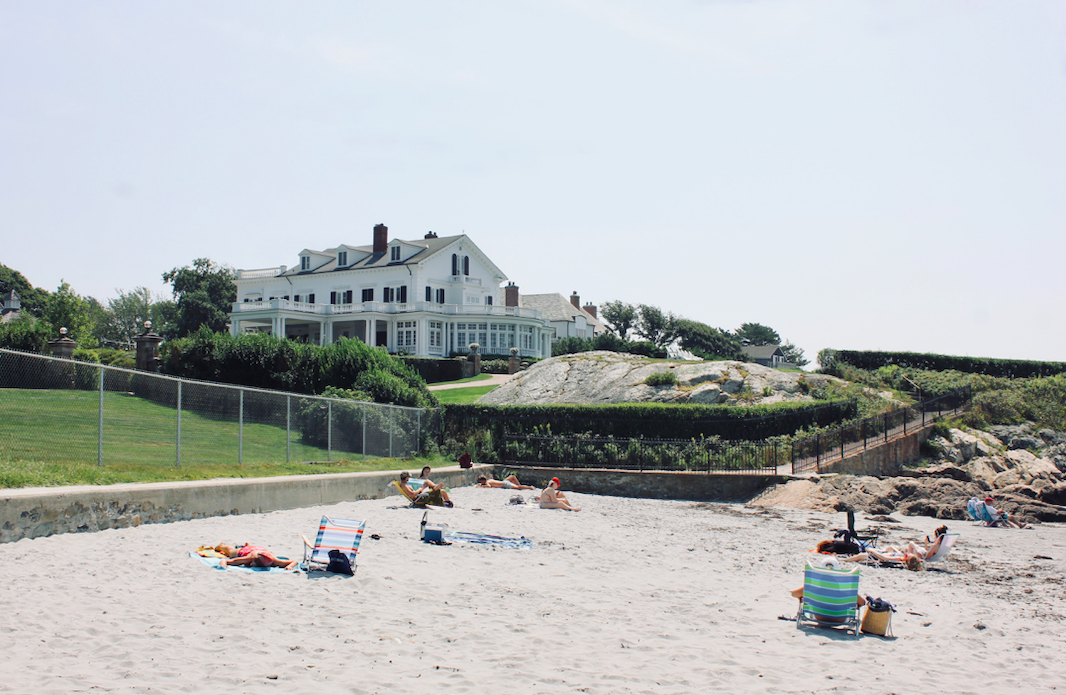
is a glossy marbled white and they have an intensely salty flavor. And then there are the Ninigreat oysters, another praise-worthy Rhode Island oyster. They are found in Ninigret Pond near Charlestown. They’re briny with a distinctly sweet aftertaste.
Other oysters worth mentioning, that call Narragansett Bay home, include Beaver Tail and Wild Goose. Don’t even try to choose. Try them all!
Long Island, New York
Blue Point Oysters, named for the town of Blue Point, Long Island, are most likely the oysters you’ll find on a raw bar. They’re medium-sized, mild but pleasantly salty and very meaty. Blue points are perfect “beginner” oysters. The flavor and texture won’t overwhelm you and they go great with classic spicy cocktail sauce and a squirt of lemon.
Here’s a bit of oyster history for you. By 1800, the Blue Point oyster was so popular that seafood dealers pirated the name. They called any oyster found near Long Island a Blue Point. New York tried to ban the misleading use of the name, but at the time the law never really held. These days, we have stricter rules around branding. Another interesting fact is that back then people on the East Coast ate more oyster meat than they did beef. Take a look at a cookbook from the early 1800’s, and you’ll find pages of oyster recipes.
Chesapeake Bay, Virginia and Maryland
Chesapeake Bay is, apparently, prime real estate for oysters. These hospitable waters create exceptionally sweet oysters like the tender Rappahannock, as well as the more balanced Stingray, and briny Olde Salt – sure to make you pucker. It’s also home to Whitecap oysters grown in cages where the Potomac merges with the Chesapeake Bay. They have a sweet, creamy flavor.
